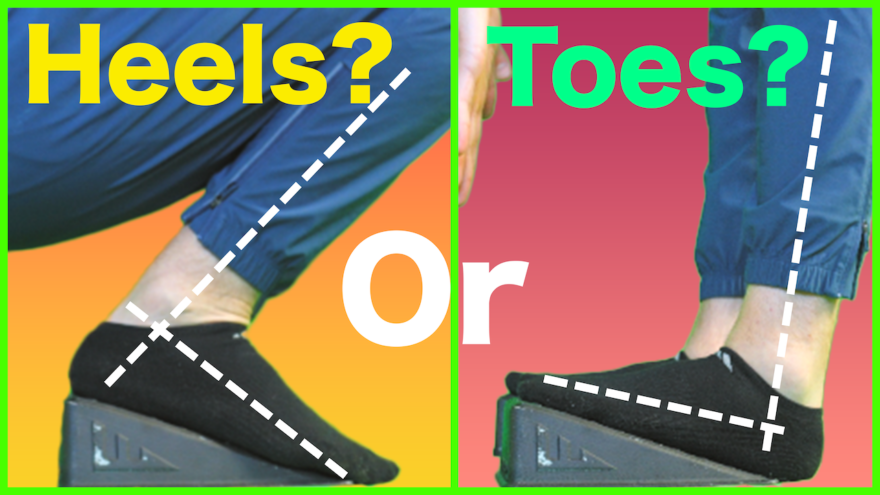Table of Contents
Foot position changes everything
You might’ve been perusing the internet, witnessing a bunch of peeps elevate heels on this exercise, or elevate the toes on that exercise.
What gives?
These strategies could be beneficial depending on your goals, but in order to know which is best, you MUST grasp the biomechanical underpinnings.
I’ll teach you that today!
Check out the post and video below
Toe vs heel elevation – the biomechanics
At first glance, it may seem that we are merely moving the ankle into dorsiflexion (toes up) or plantarflexion (heels up), but it’s so much more than that.
To know why, we have to look at the other movements that are involved with these ankle positions, as well as how the elevation impacts the rest of the lower body.
First off, ankle motions do not occur in isolation. In fact, in order for dorsiflexion and plantarflexion to occur, there are associated movements occurring at the subtalar joint.
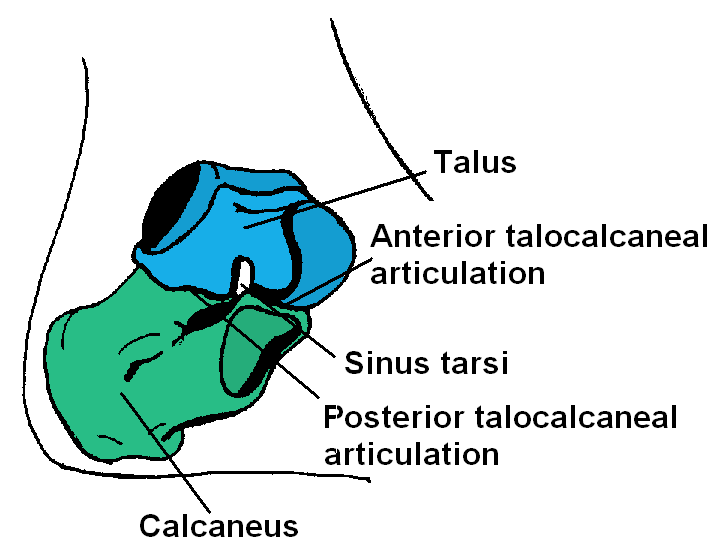
This joint has frontal plane actions that impact the foot arch.
When I invert the calcaneus, the arch rises. During eversion, the arch flattens. These actions have to occur in order for the tibia to traverse backward and forward respectively.
These calcaneal actions are paired with the following actions at the ankle joint (talocalcaneal joint):
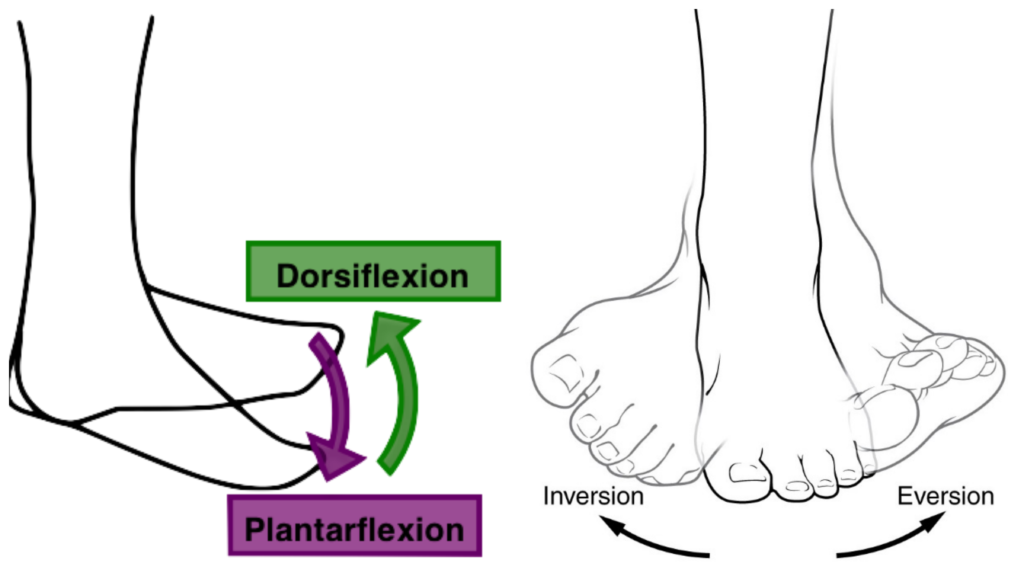
- Plantarflexion and inversion
- Dorsiflexion and eversion
We see plantarflexion and inversion occurring when we elevate the heels and dorsiflexion and eversion when we are either barefoot or elevating the forefoot.
So what, Zac? Who gives a piddly diddly about what is going on at these joints.
I DO FAM!
The reason why? Because the aforementioned ankle positions impact what happens at the femurs, and subsequently the pelvis. These positions will affect what movements will benefit from either of these strategies.
To illustrate this relationship, I want you to try a little experiment.
Go ahead and invert your ankle. Notice what direction your leg moves. Conversely, how does it differ when you evert your ankle?
If you did it right, you’ll notice the following relationship being present:
- Plantarflexion and inversion create hip external rotation
- Dorsiflexion and eversion create hip internal rotation
Here’s where things get interesting, fam.
The rotation that occurs at the hips will impact what actions occur at the pelvis:
- Hip external rotation is paired with sacral counternutation
- Hip internal rotation is paired with sacral nutation
Therefore, if I do something that elevates the heels, I will improve movements that involve sacral counternutation; think squats or other movements where the pelvis displaces vertically.
Conversely, if I elevate the toes, I will improve movements that involve sacral nutation, such as hinging exercises….at least in theory.
The problem with toe elevation
While I am known to elevate the heels frequently, I rarely elevate the toes. There’s a reason for that.
So theoretically, promoting ankle dorsiflexion could assist with sacral nutation.
But here’s the issue.
Fam…You ever measure how my dorsiflexion peeps have? The answer is not a whole lot.
So if I put someone into dorsiflexion when it’s not actually there, I don’t know how in the heck they are achieving the position. Most commonly, you’ll either get pronation through the midfoot and/or knee hyperextension, neither which will help with the desired pelvic mechanics.
So what are we to do if we run into this problem? Is there a way that we can drive sacral nutation without the risk of something funky happening?
Yes.
What I do instead of toe elevation: have the foot be flat on the ground.
Relative to the heel elevation, the ankle will be in a more dorsiflexed and everted position, making nutation-based activities easier. This is one reason why deadlifting with minimalist shoes or even barefoot feels better than olympic lifting shoes.
Implementing heel and toe elevation
If I am looking to elevate the heels, I will want to do so for ANY movement that needs vertical pelvic displacement and sacral counternutation.
There are many ways to do this. My favorites include:
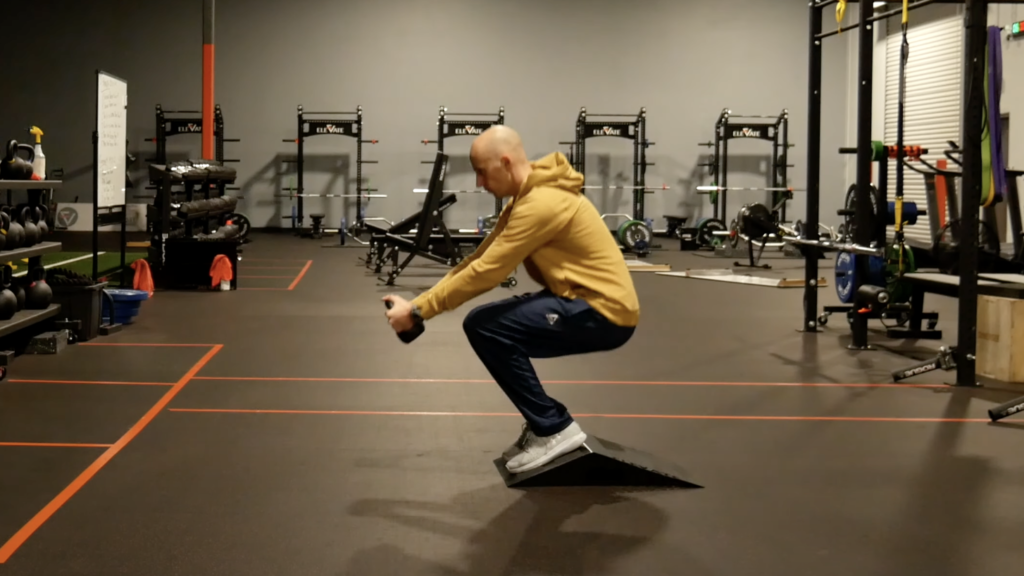
- ramps (I use this one for big lifts, and this one for single leg lifts)
- Olympic lifting shoes
In a pinch, you can just elevate the heels on plates or a book, but it’s less desirable than the above strategies.
The reason why ramps and shoes are superior is that they keep the big toe in a “neutral” position relative to the ground. These devices merely tilt the ground up, preserving the foot mechanics we would normally see on a flat surface.
Conversely, if I elevate the heel only, the big toe is more likely to be in extension. This action creates first ray plantarflexion, which maintains arch height. You would think this is good, but as I descend in a squat or other activity, I need the arch to flatten as I go down. This action may minimize that.
Also, I’ve noticed with plate elevation, it’s much harder to keep heel contact to the ground than it is with a heel ramp.
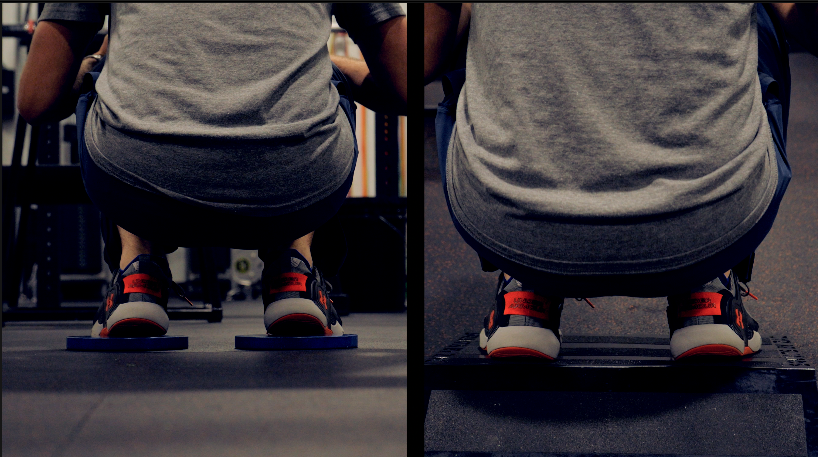
Will it kill you? No. Will it still help with driving vertical pelvic movement? Yes. I just find the ramps and shoes to be better ways to achieve the goal.
As for keeping the foot flat on the ground, using flatter shoes such as Chucks or even barefoot could be advantageous with your hinge-based exercises.
Sum up
Those are the key differences between heel and toe elevation.
To summarize:
- Heel elevation promote hip external rotation and sacral counternutation, creating vertical pelvic movement
- Toe elevation or being flat footed promote hip internal rotation and sacral nutation, creating horizontal pelvic movement
What exercises have you found useful to incorporate with these strategies? Comment below and let the fam know!

